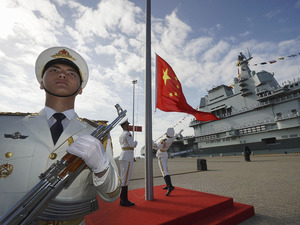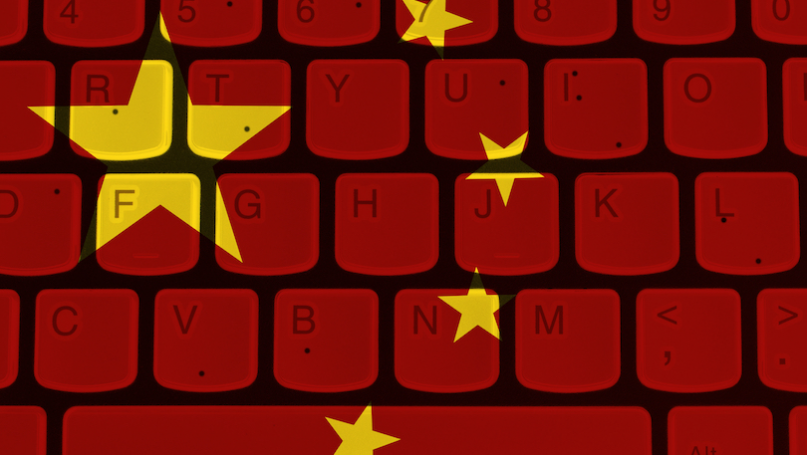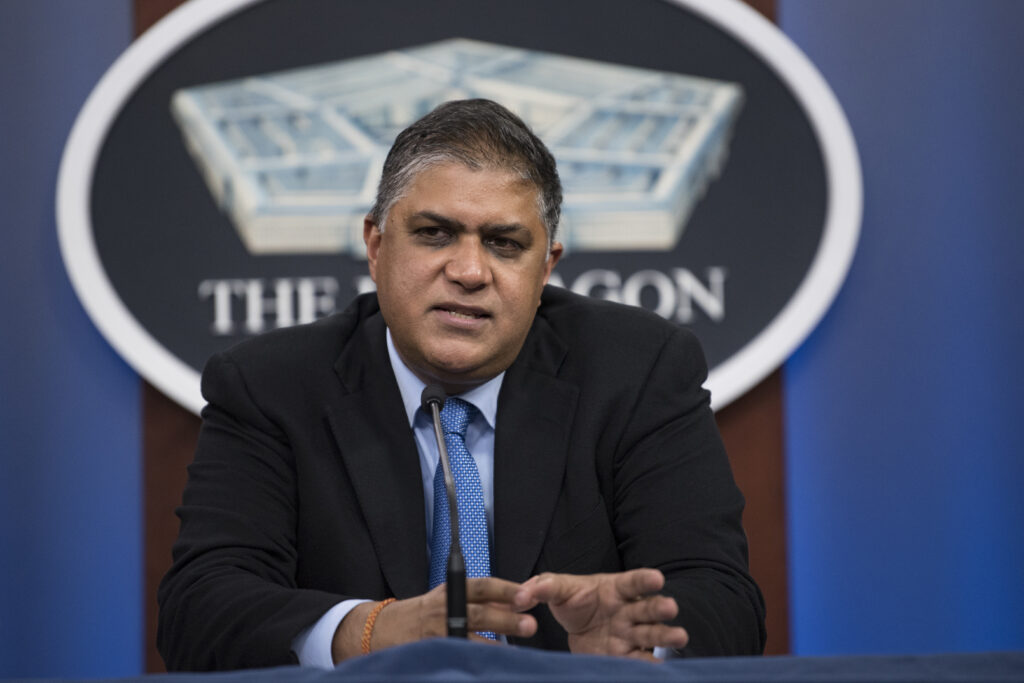International relations is going soft, with countries from India to Qatar to Turkey opting for soft power persuasion over hard power pressure. Soft power collectively refers to the tools in a nation-state’s arsenal that do not punish, reward, or threaten other actors into preferred behavior. It stands in direct contrast to hard power, that is, the tools which do serve as sticks and carrots in international relations. Soft power, for example, includes cultural exchanges and public diplomacy initiatives to help shape behavior, while hard power might explicitly promise trade incentives, threaten economic sanctions, or military action. While the concept was first coined three decades ago by scholar Joseph Nye, soft power has been practiced by nation-states for centuries. Still, it has yet to gain the same credibility or accolades as its hard power counterpart in the national security space. In fact, U.S. soft power, by some measures, is in decline. The Soft Power 30 project ranked the United States fifth globally in 2019, its lowest position since the project began. Internally, this decline mirrors the differences in the budgetary allowances of the Department of Defense (hard power) and Department of State (soft power) for the last two decades. While some of this disparity could be attributed to the inherent cost differential of the two approaches—a PR campaign costs less than an air power campaign—the increasingly large difference between the two accounts is indicative of a U.S. overreliance on hard power.
Considering soft power’s relatively low-risk and low-cost nature, in combination with the castrated successes of military campaigns since 2000, we’re left asking the obvious question: Why hasn’t the United States shifted to a foreign policy approach that incorporates more soft power approaches in lieu of continued bloated hard power initiatives?
Developing Soft Power Approaches Is Complex












